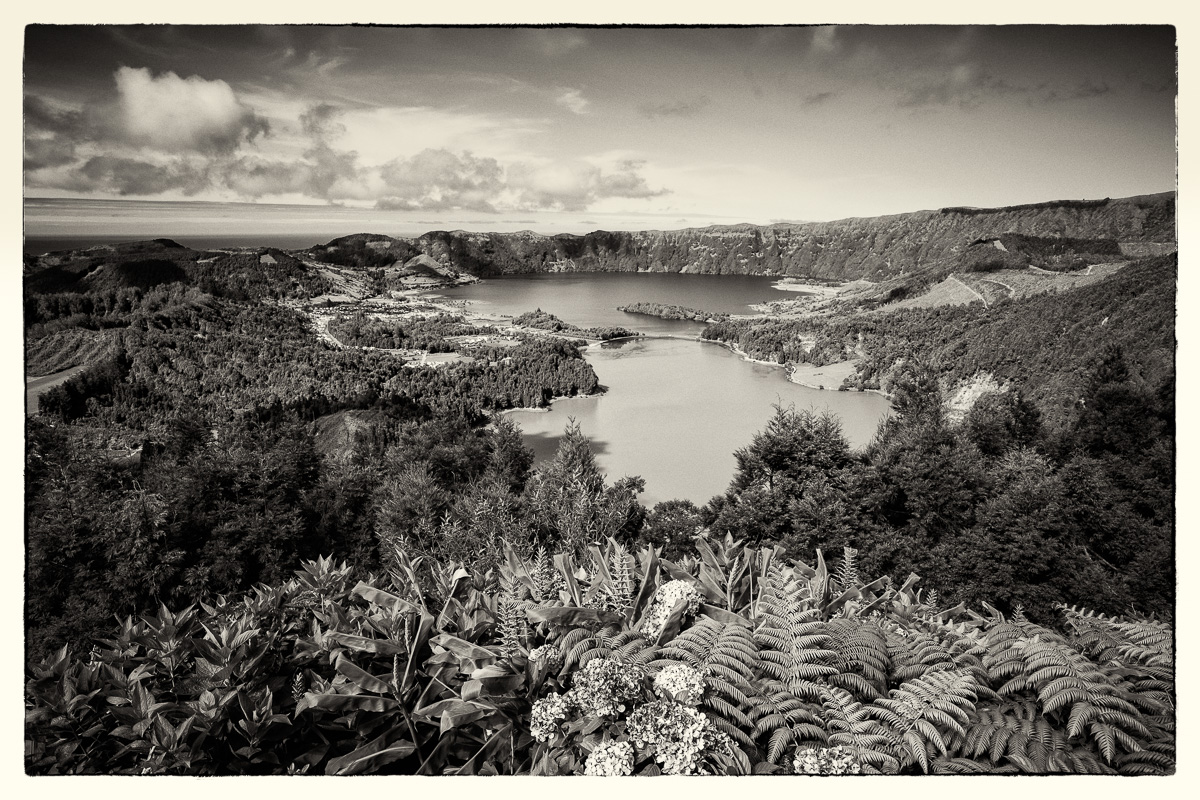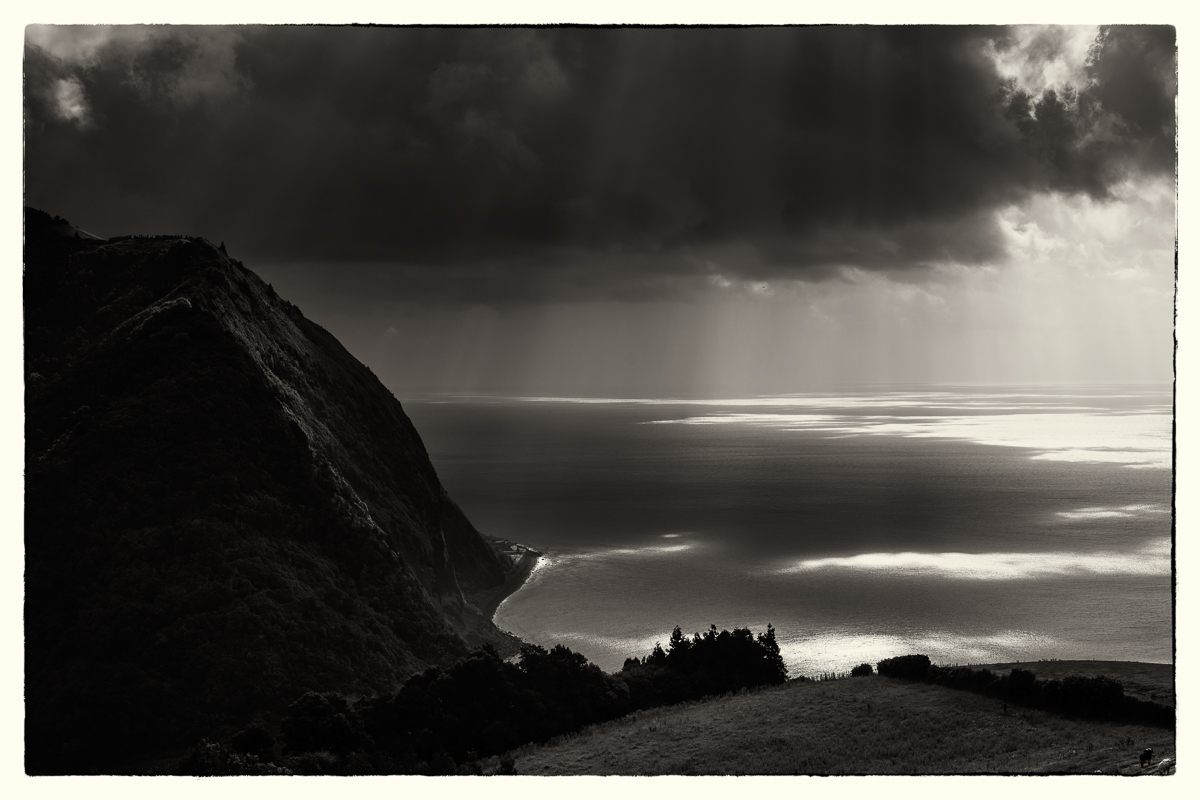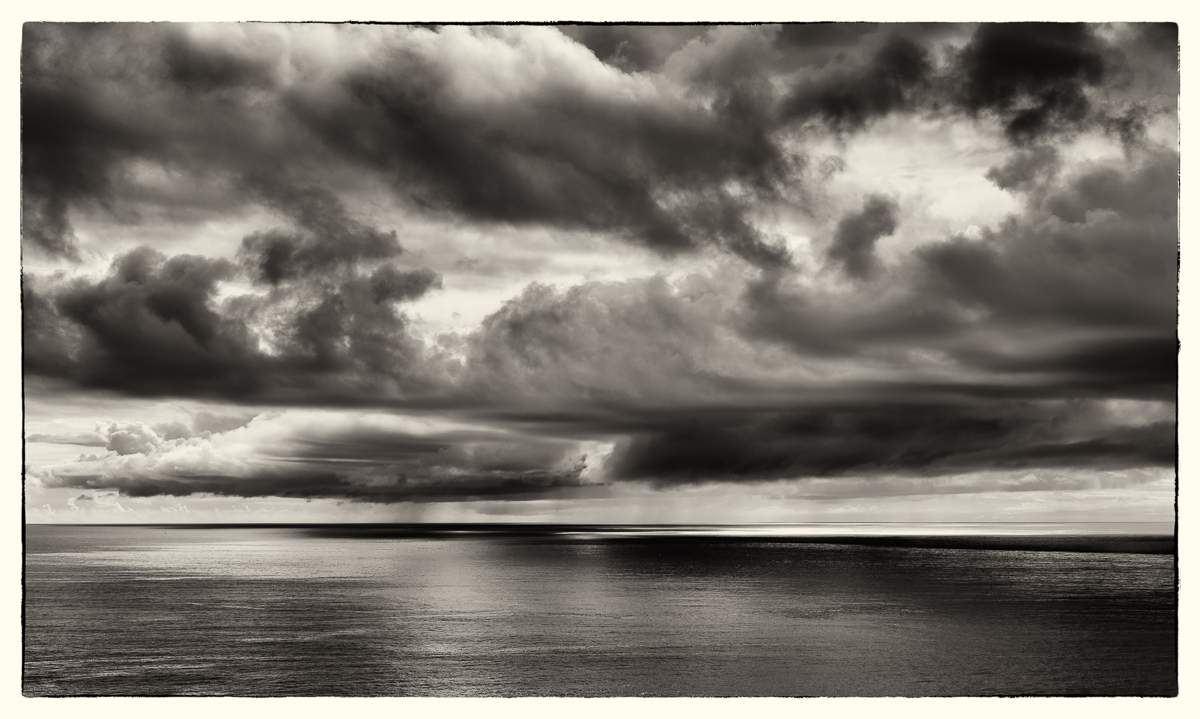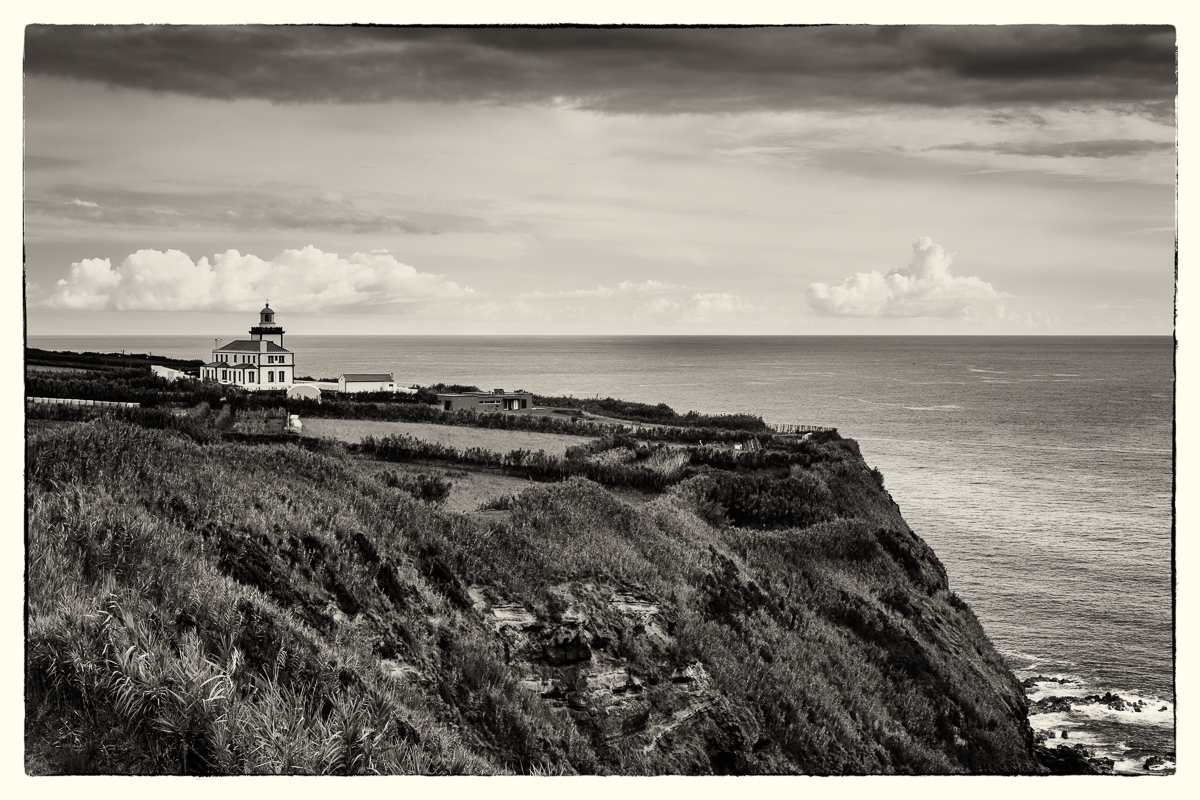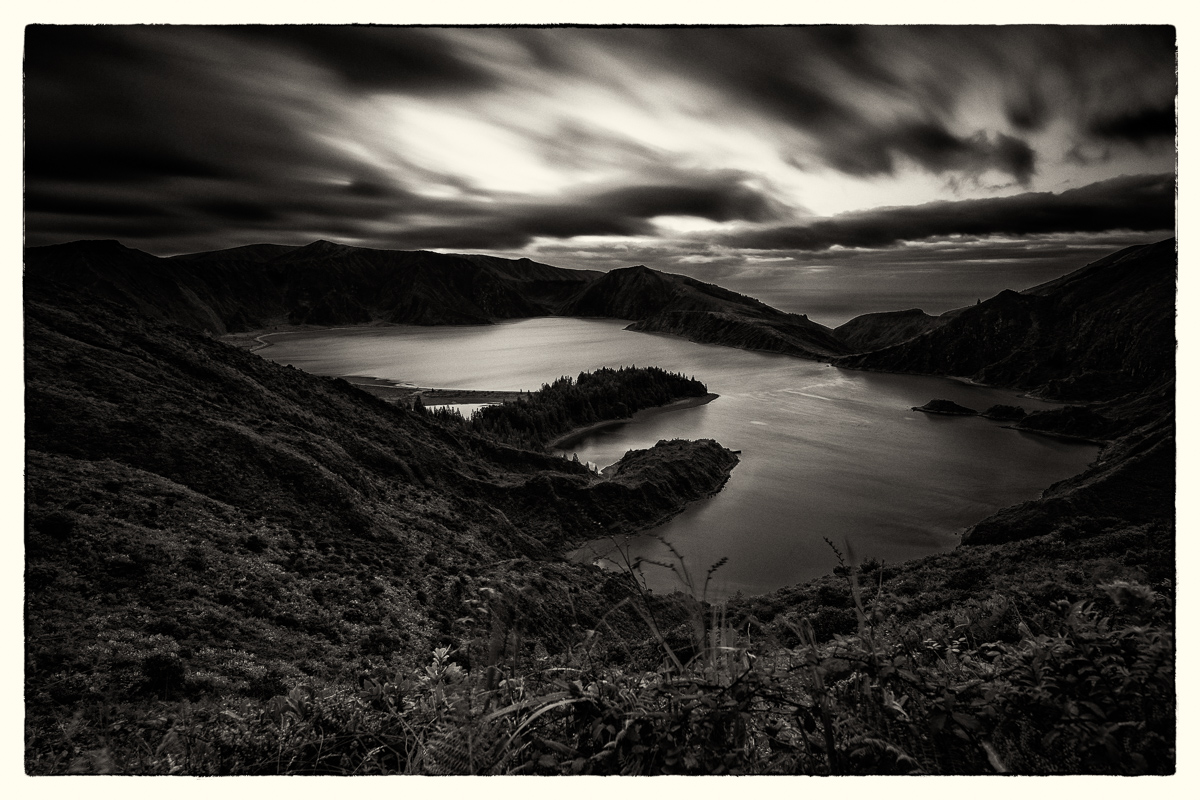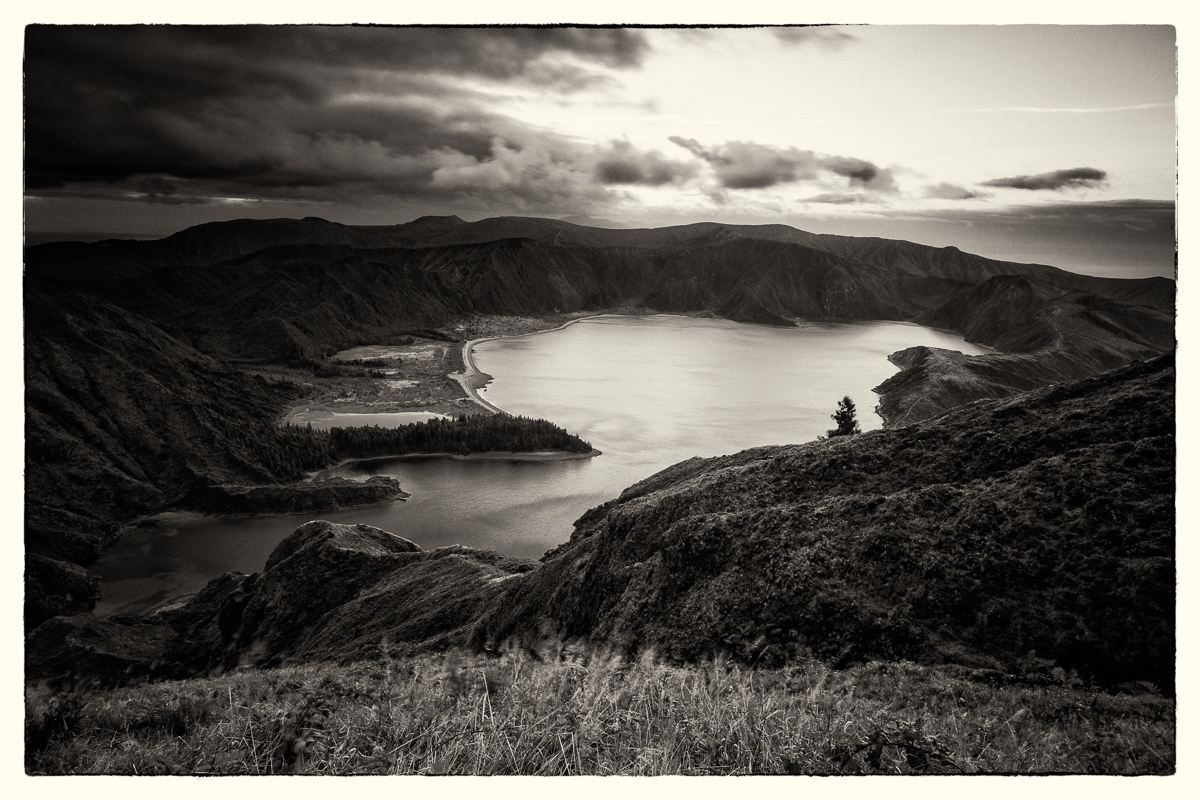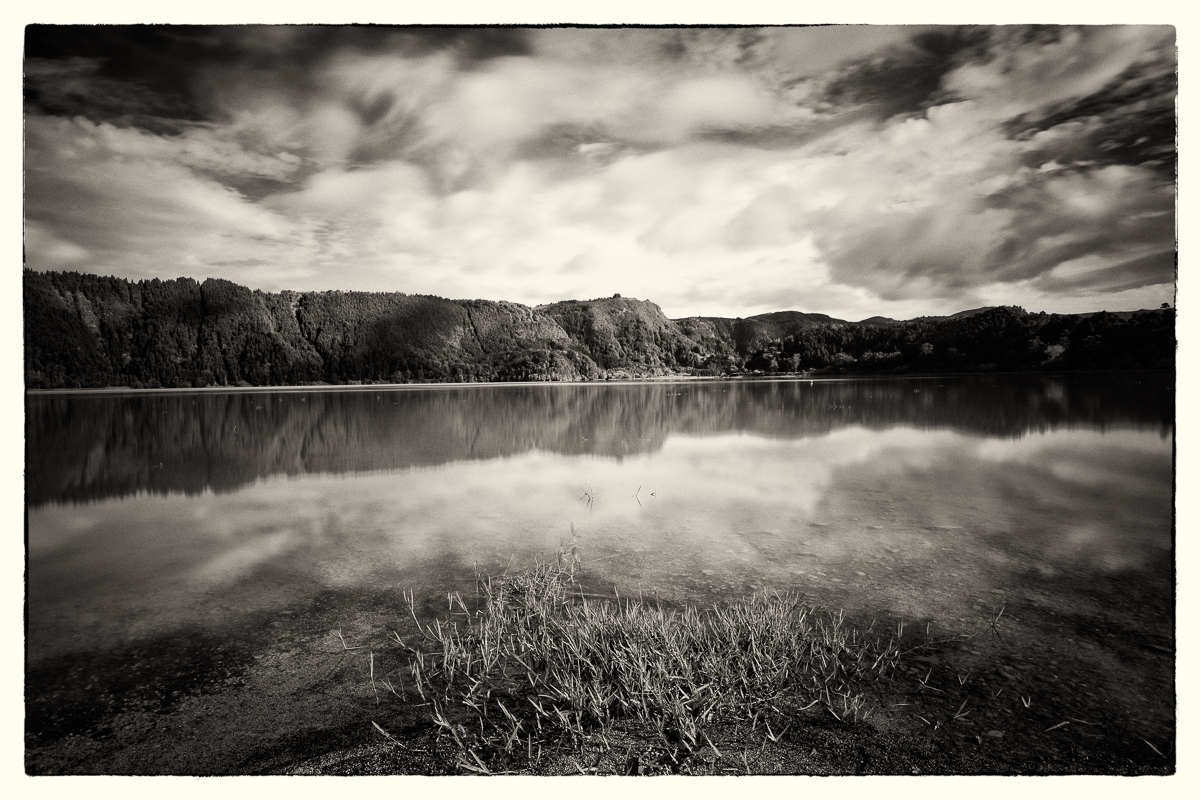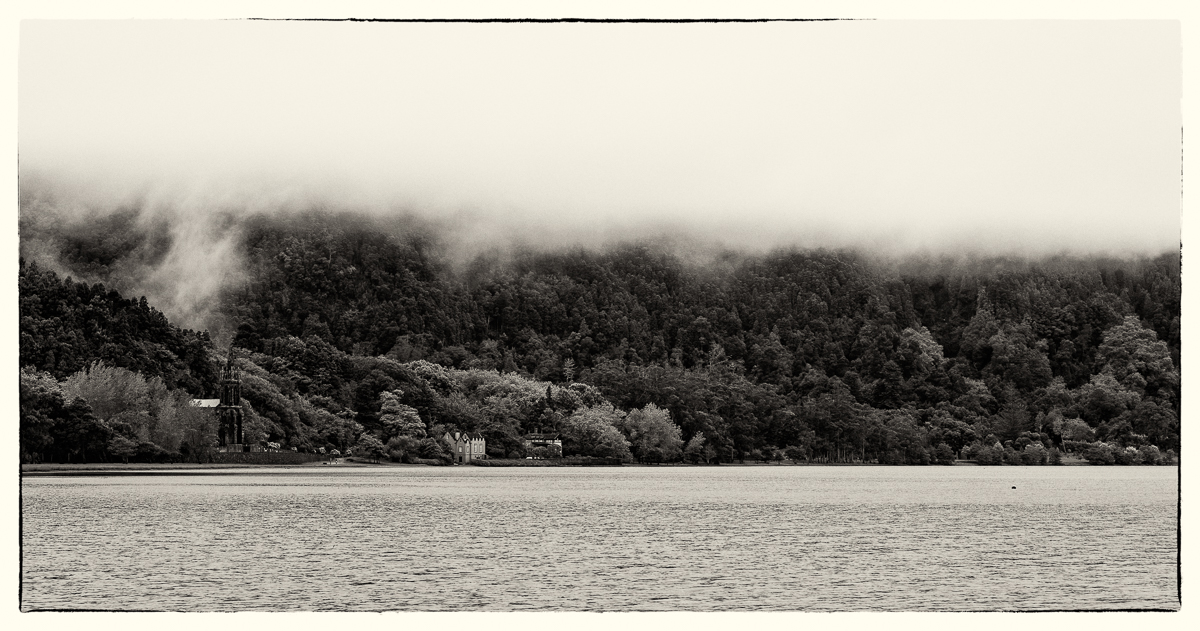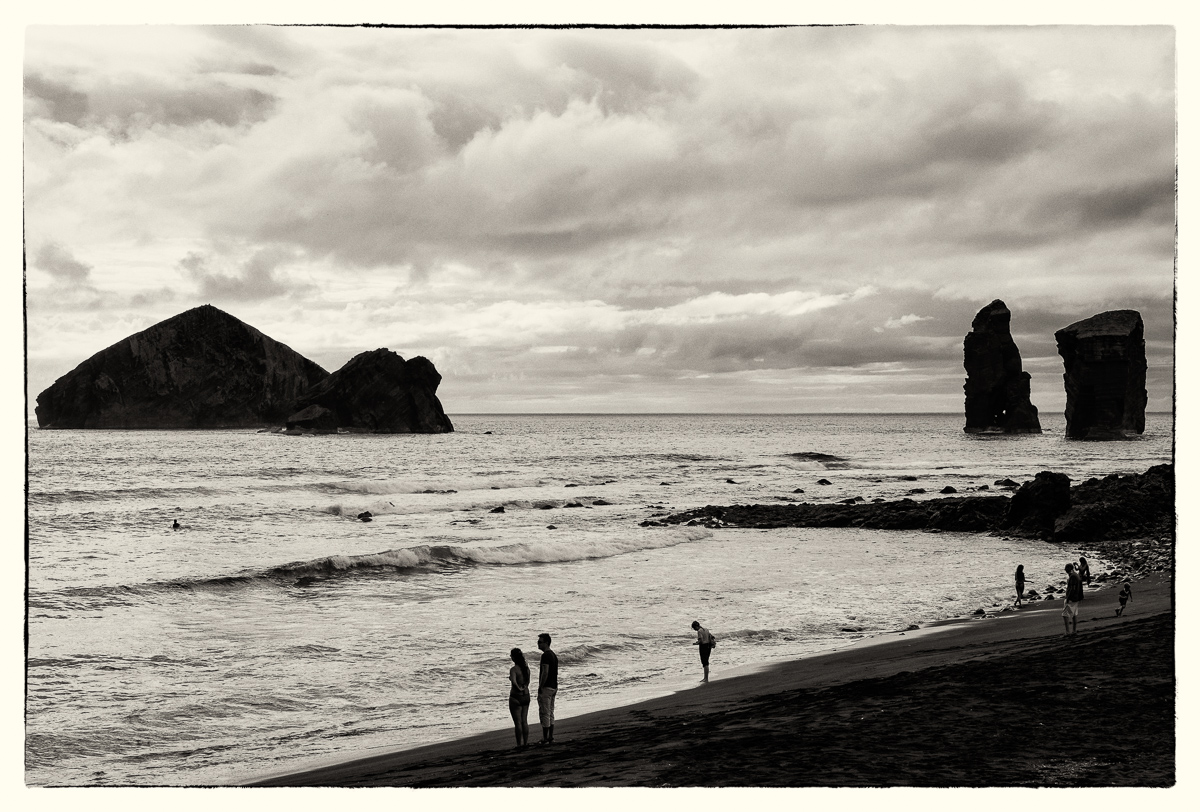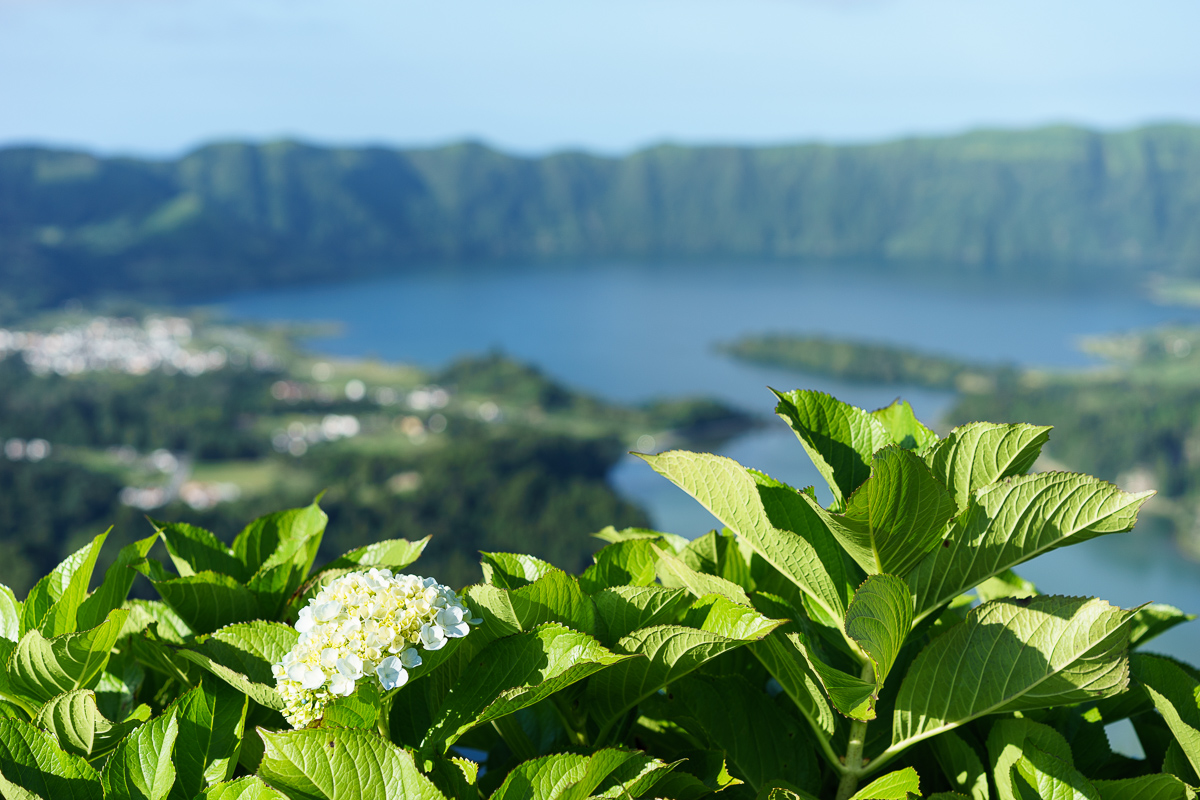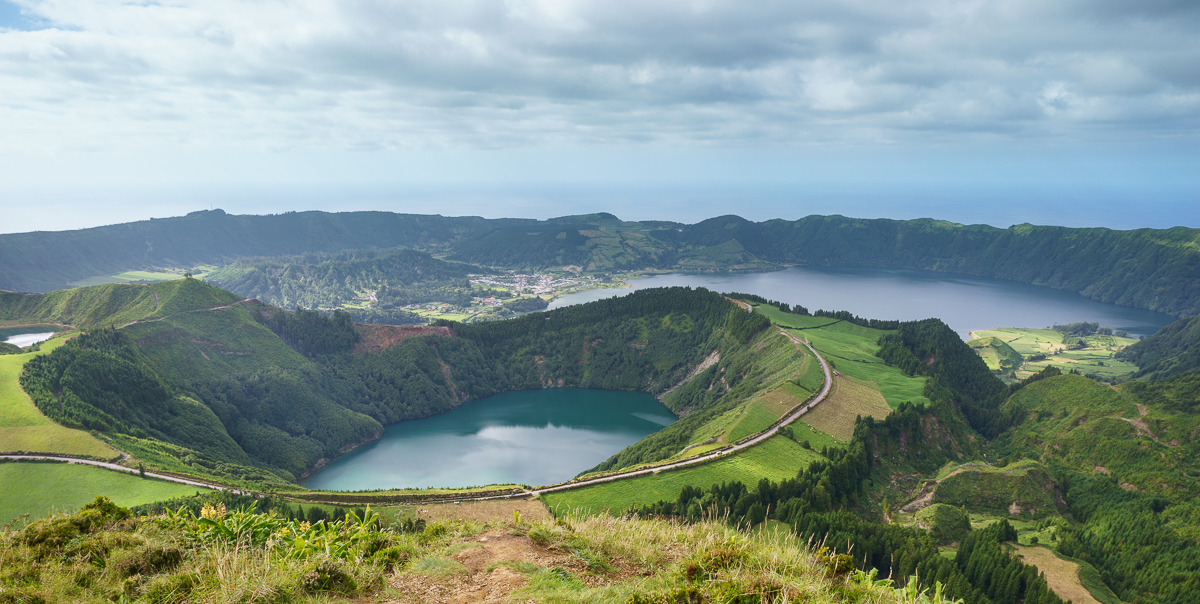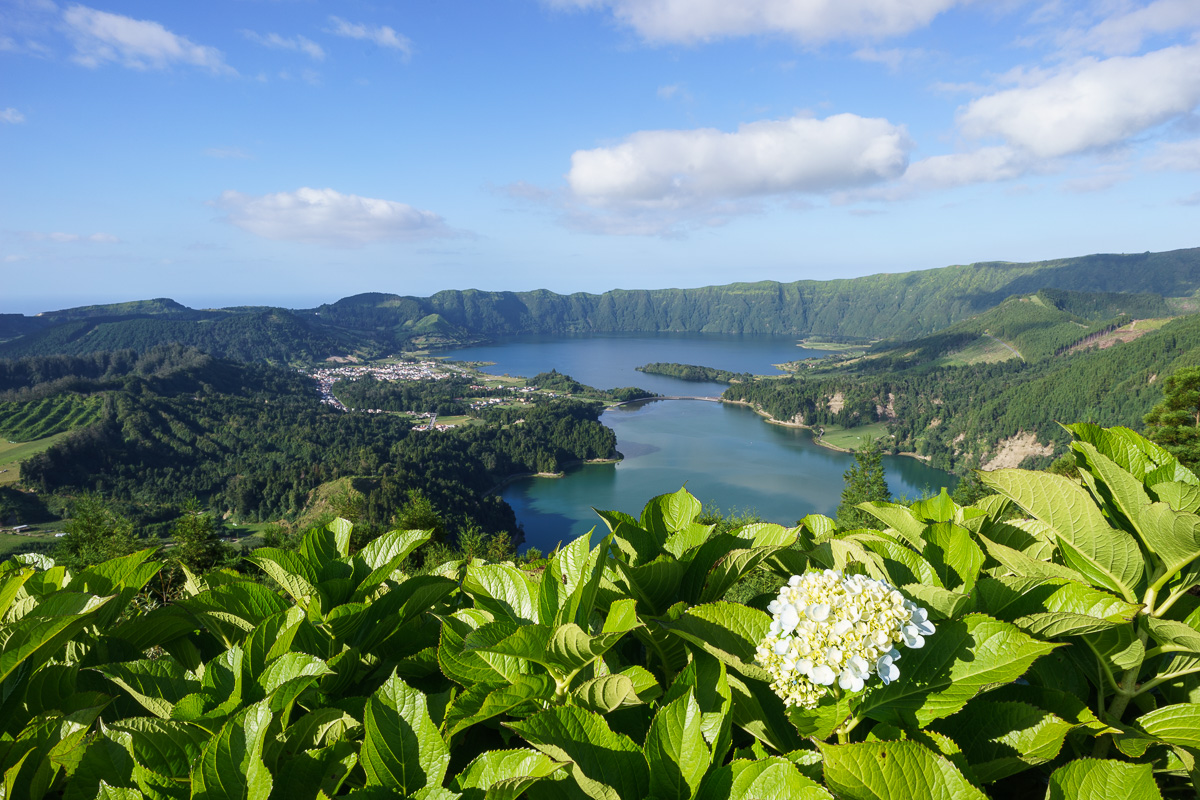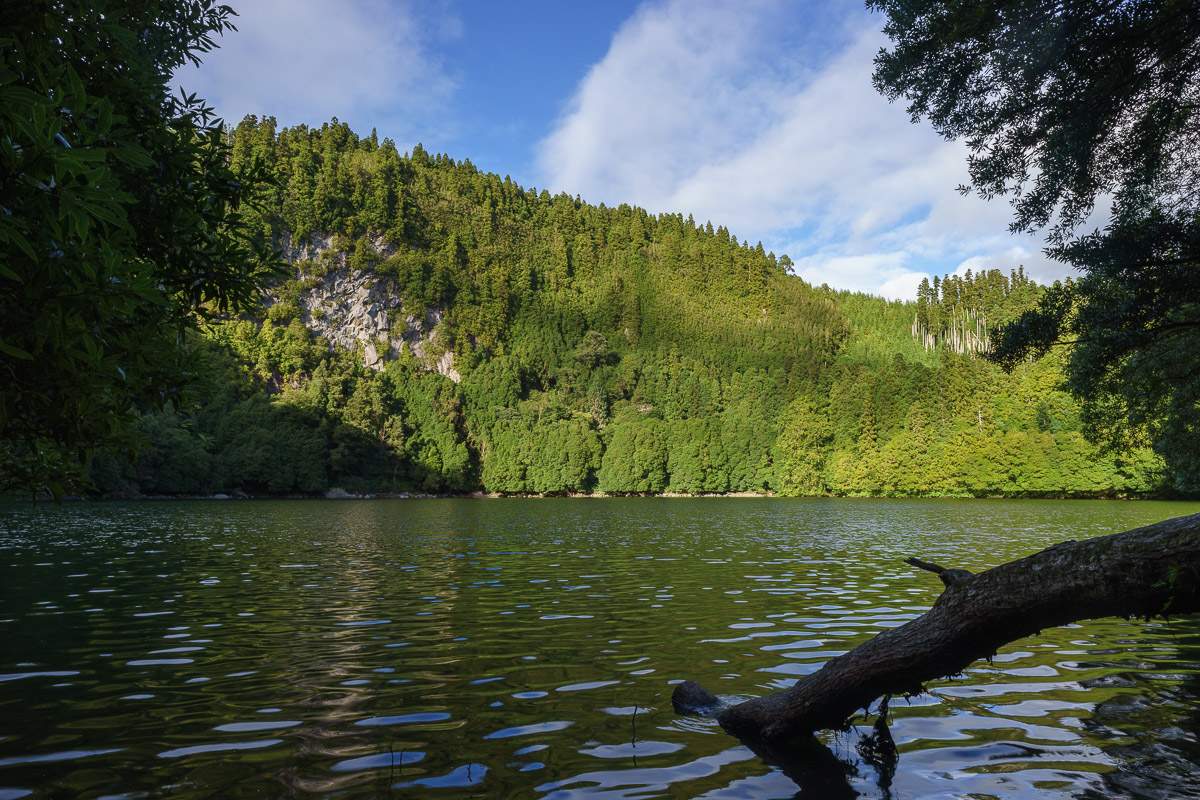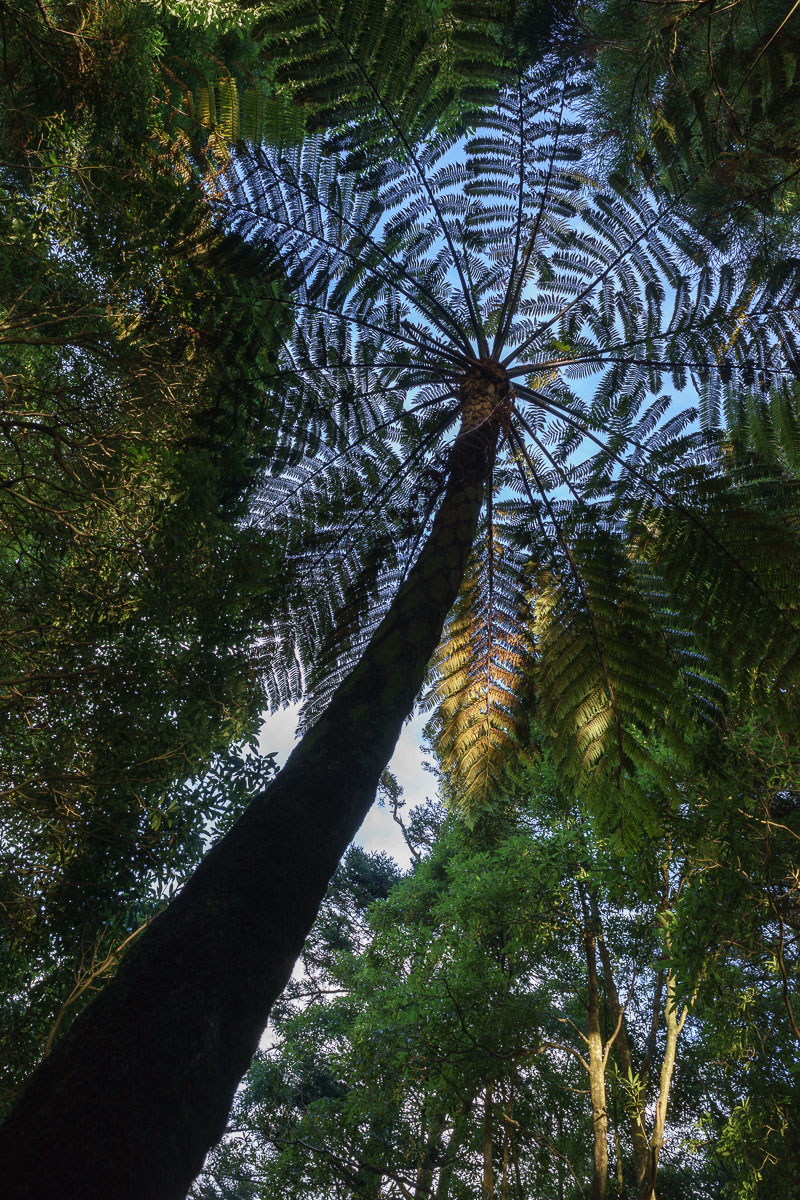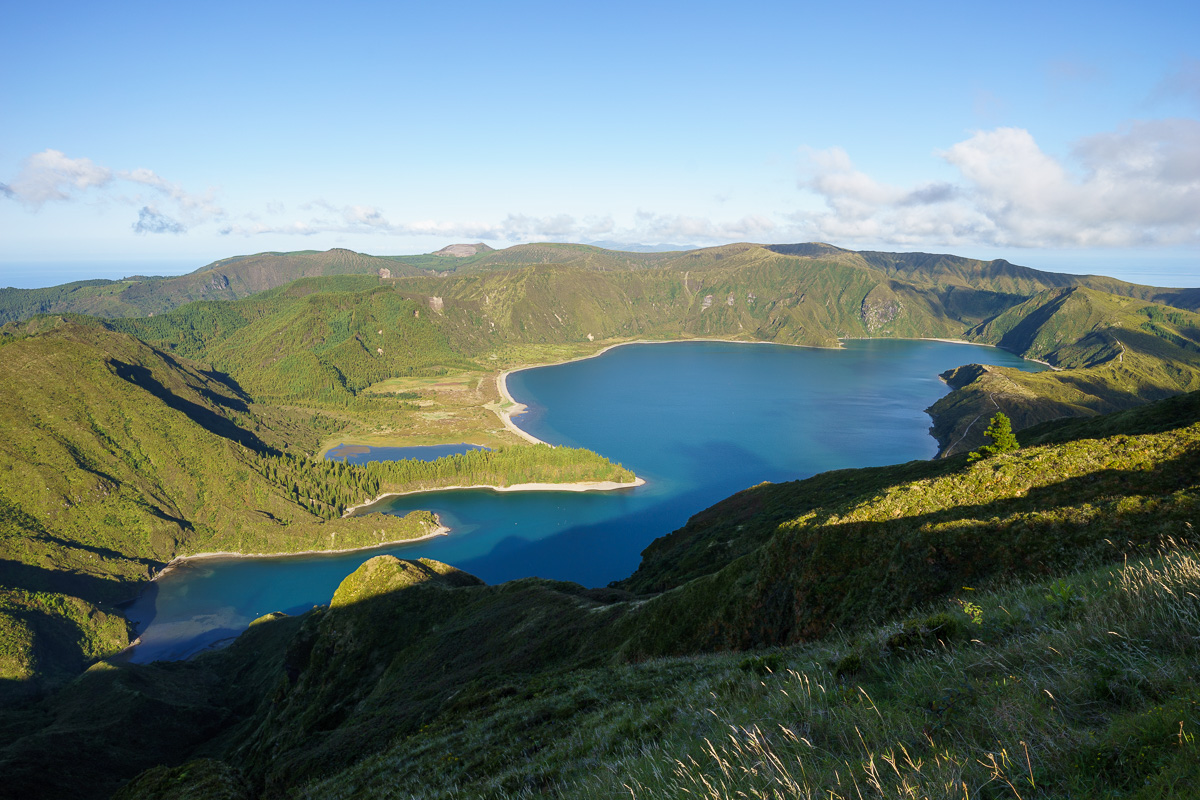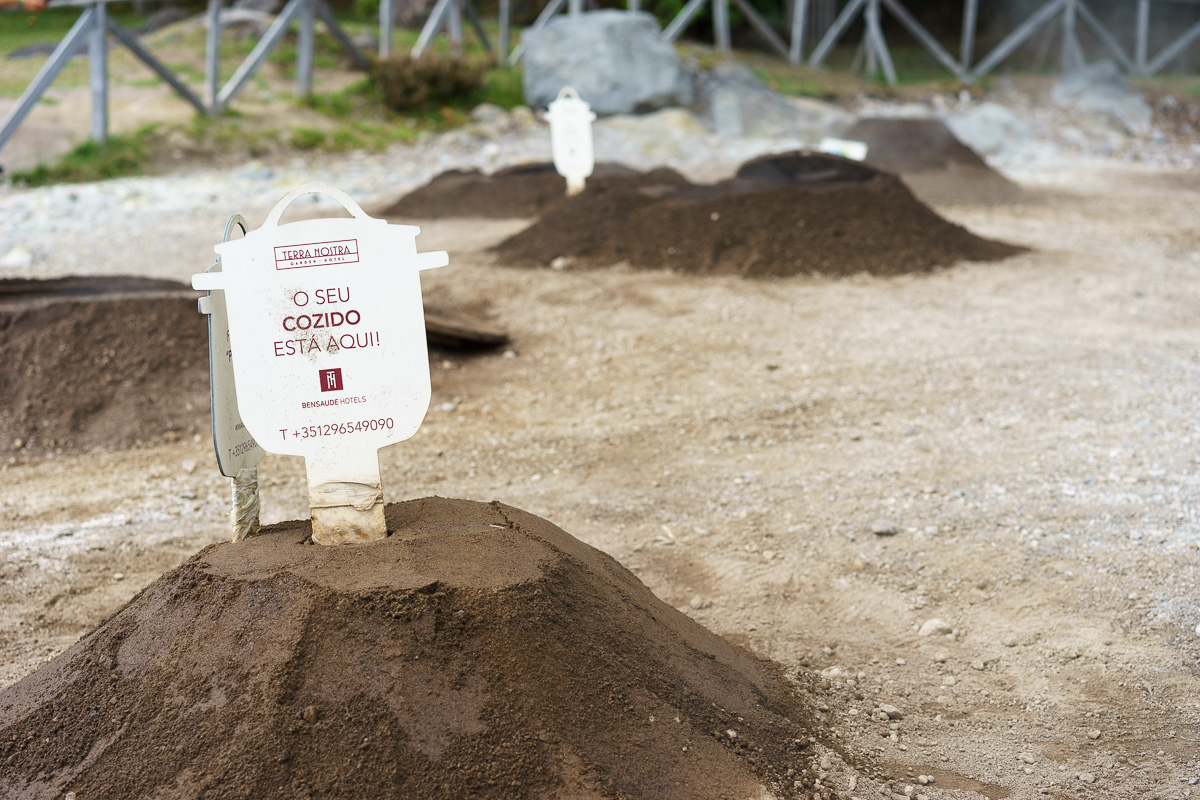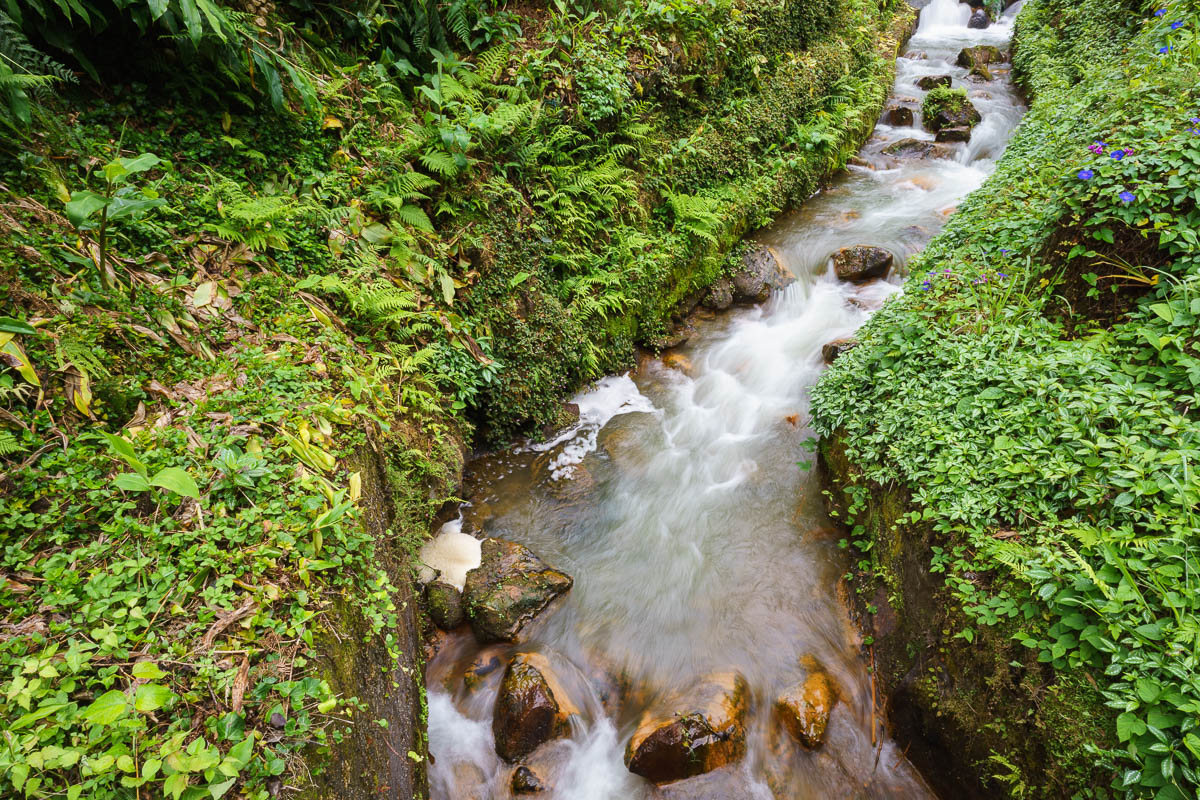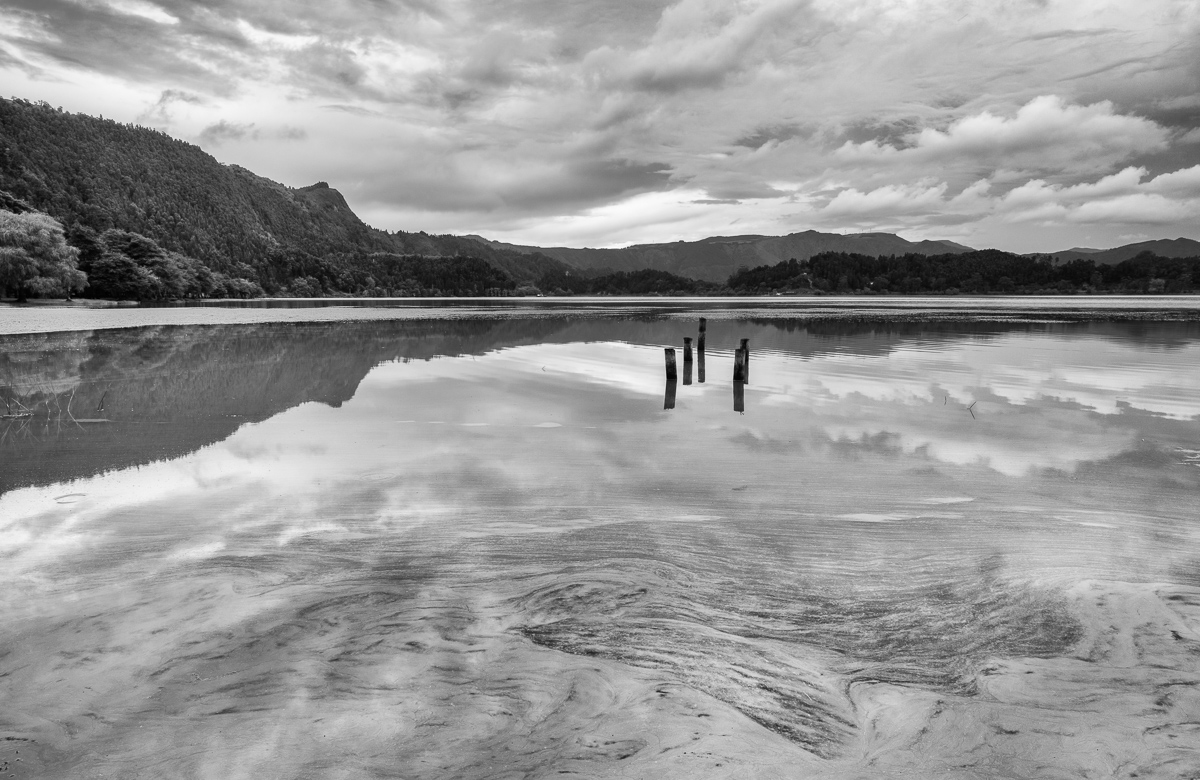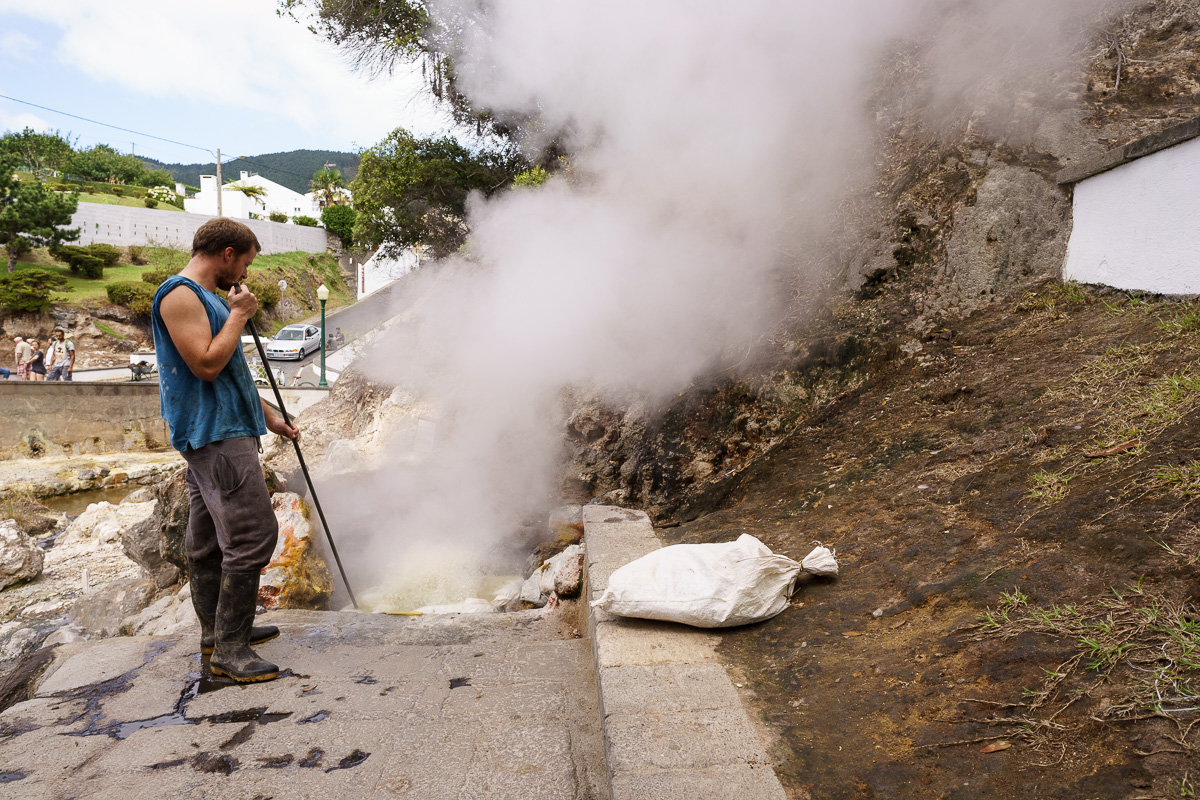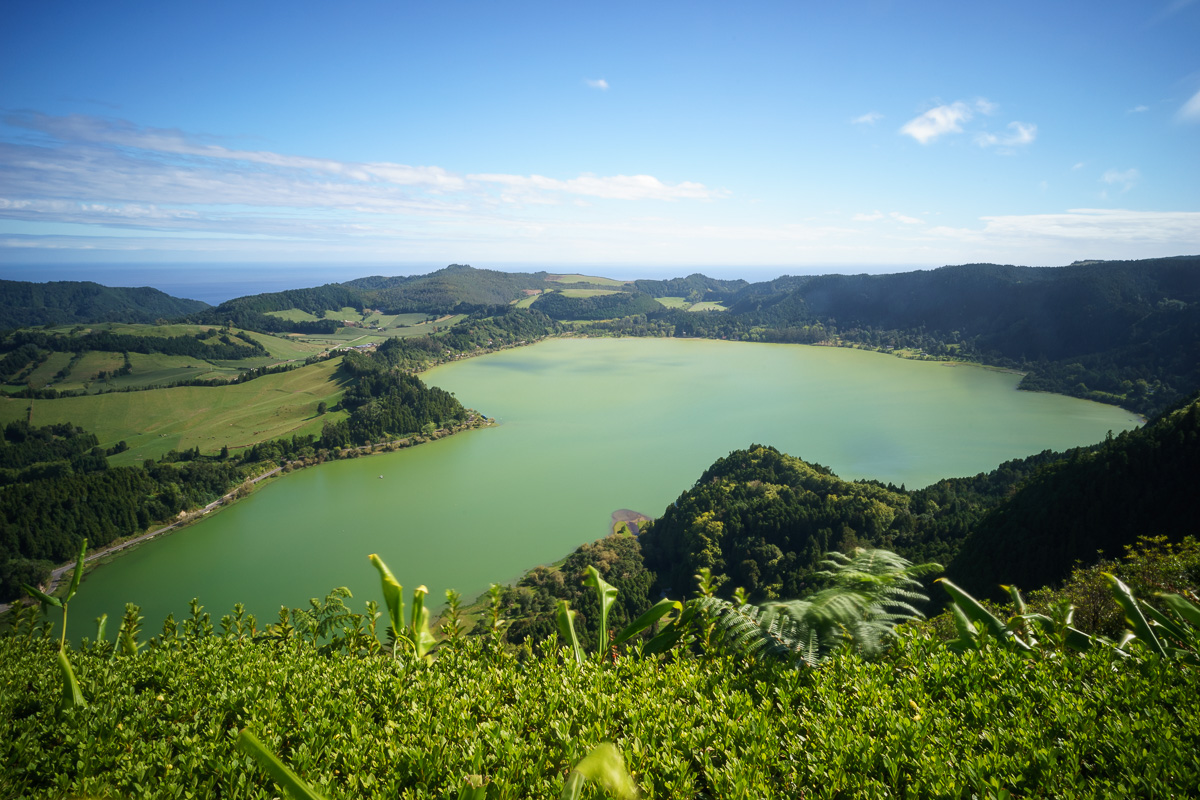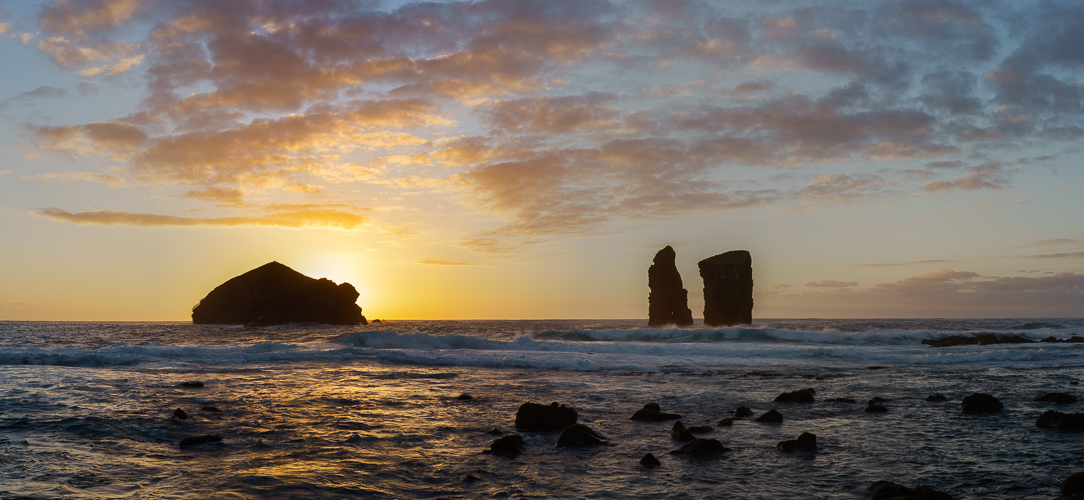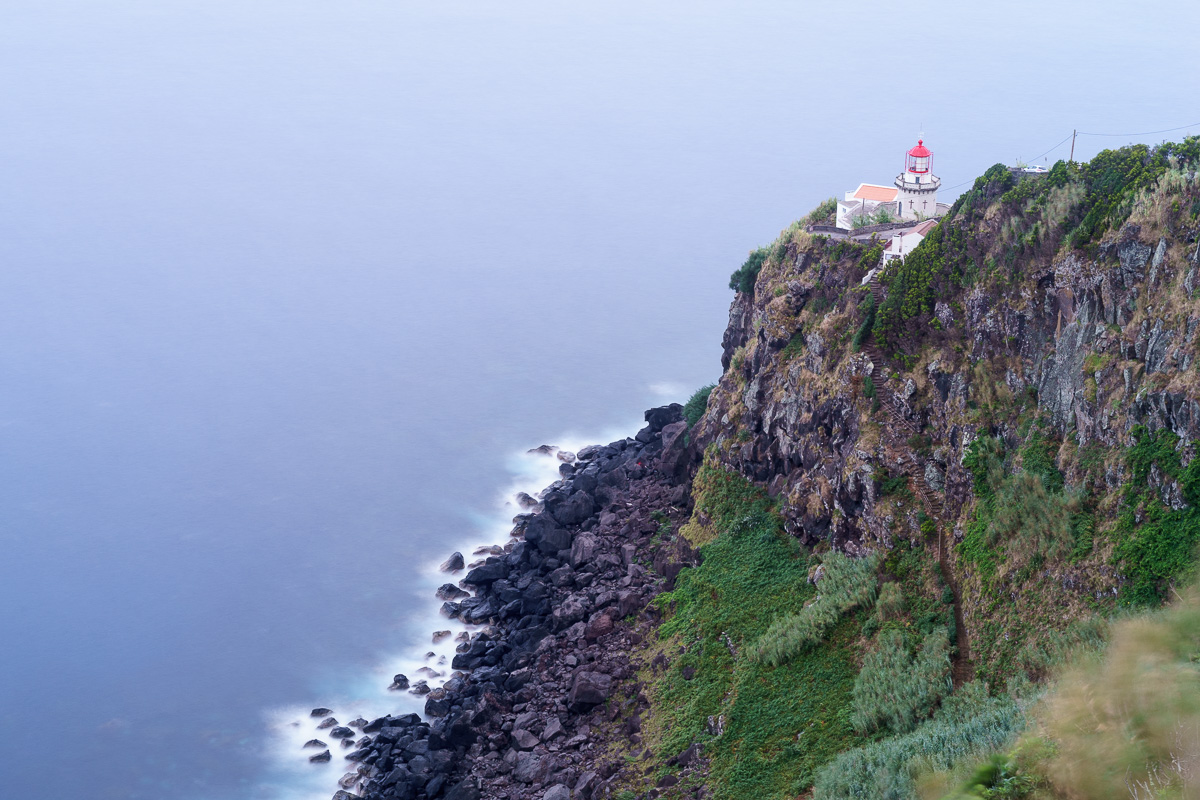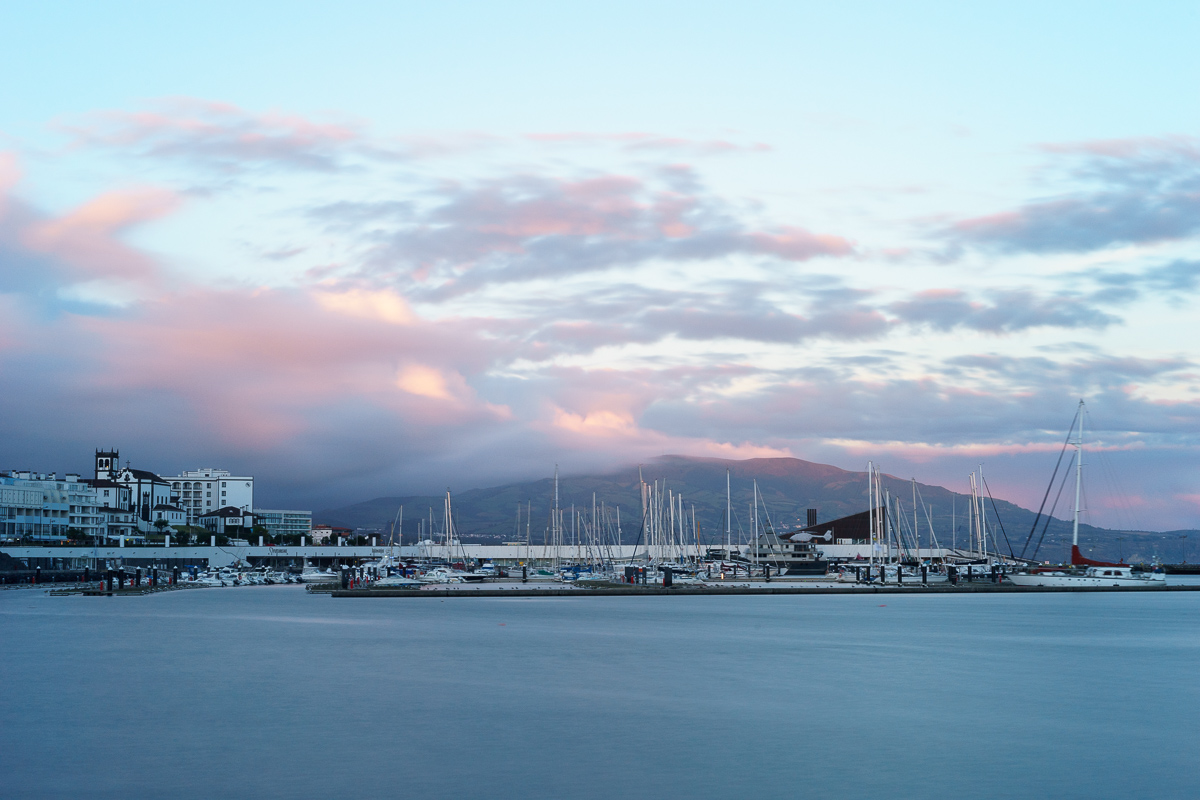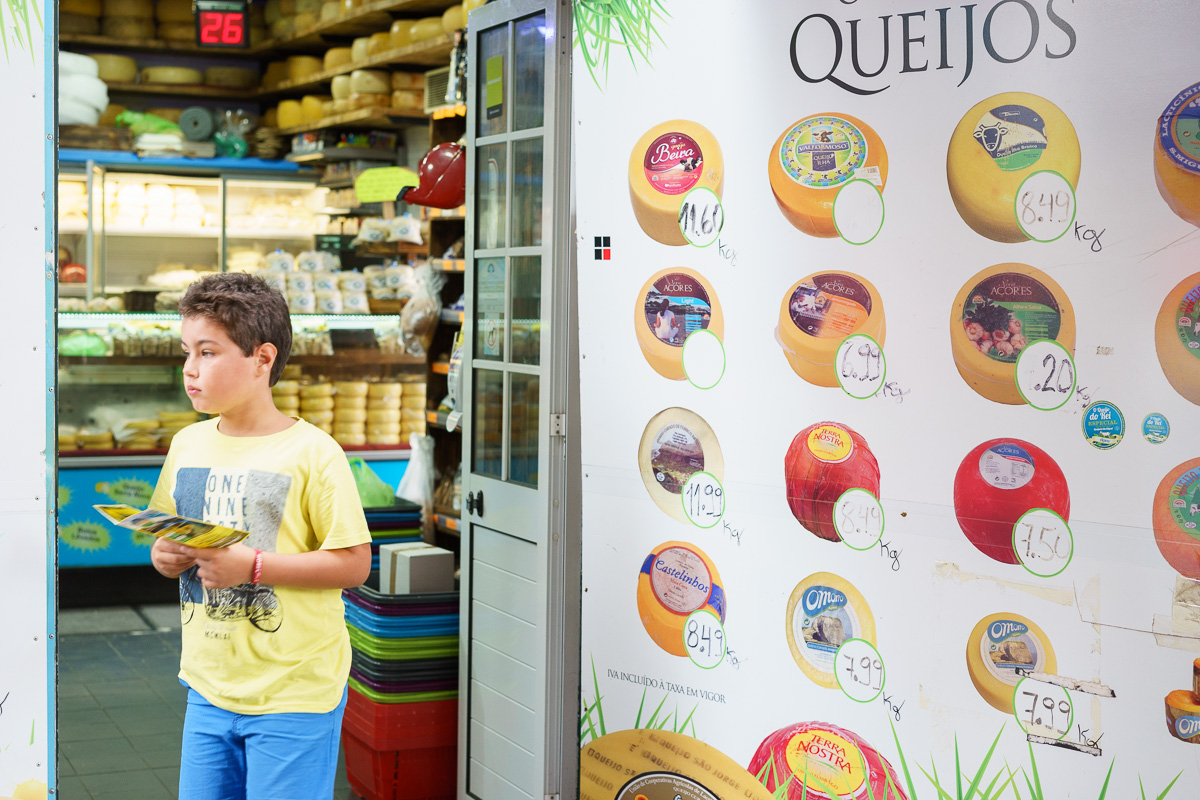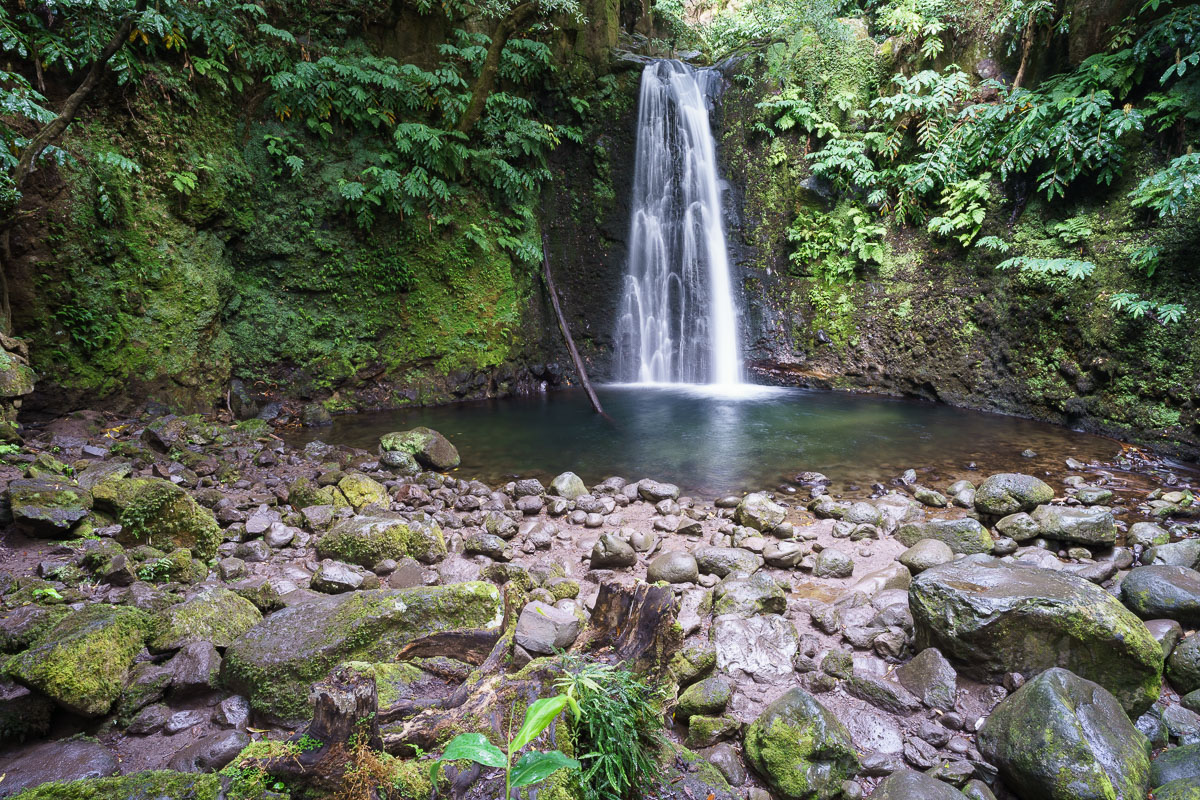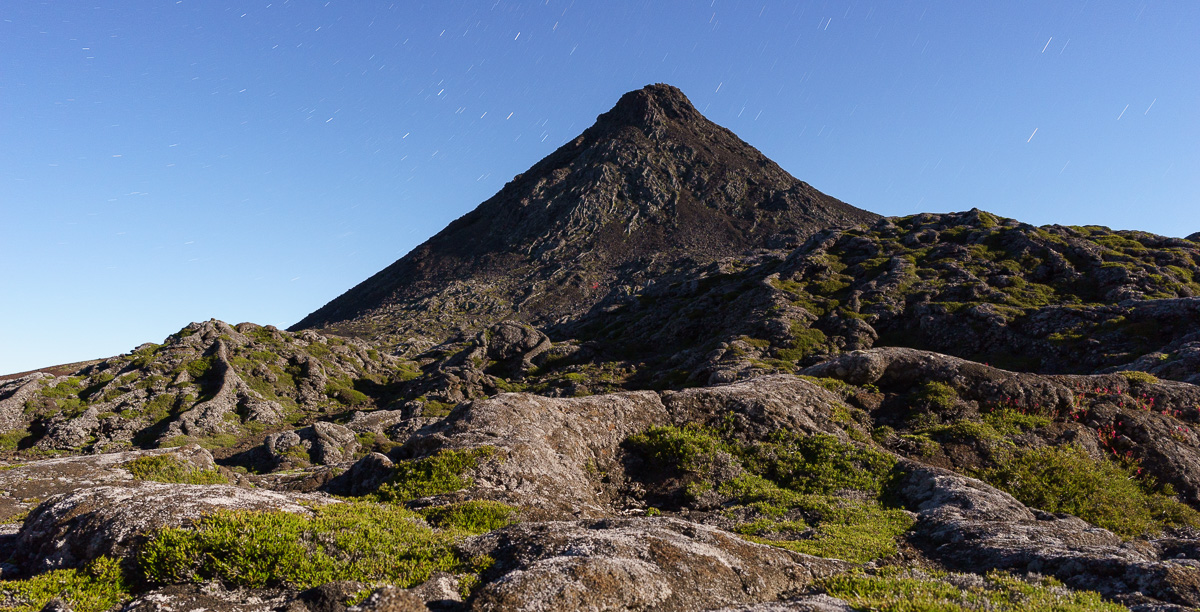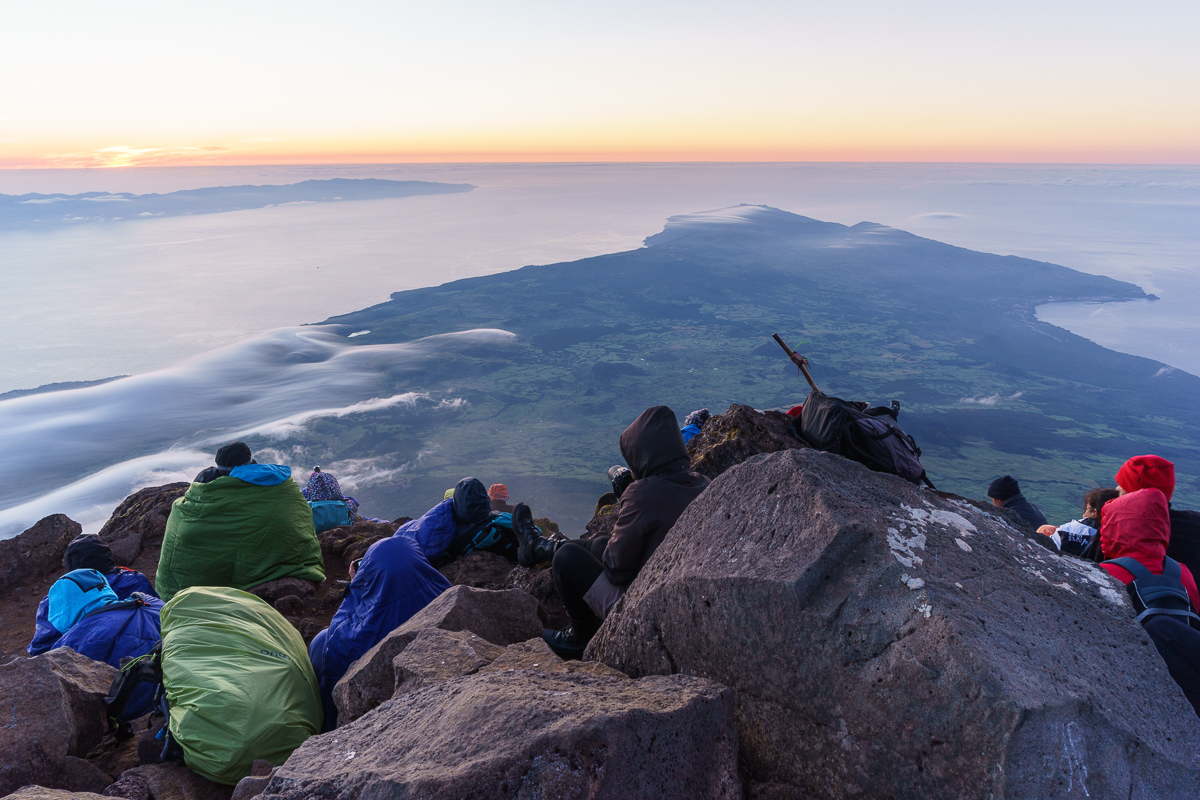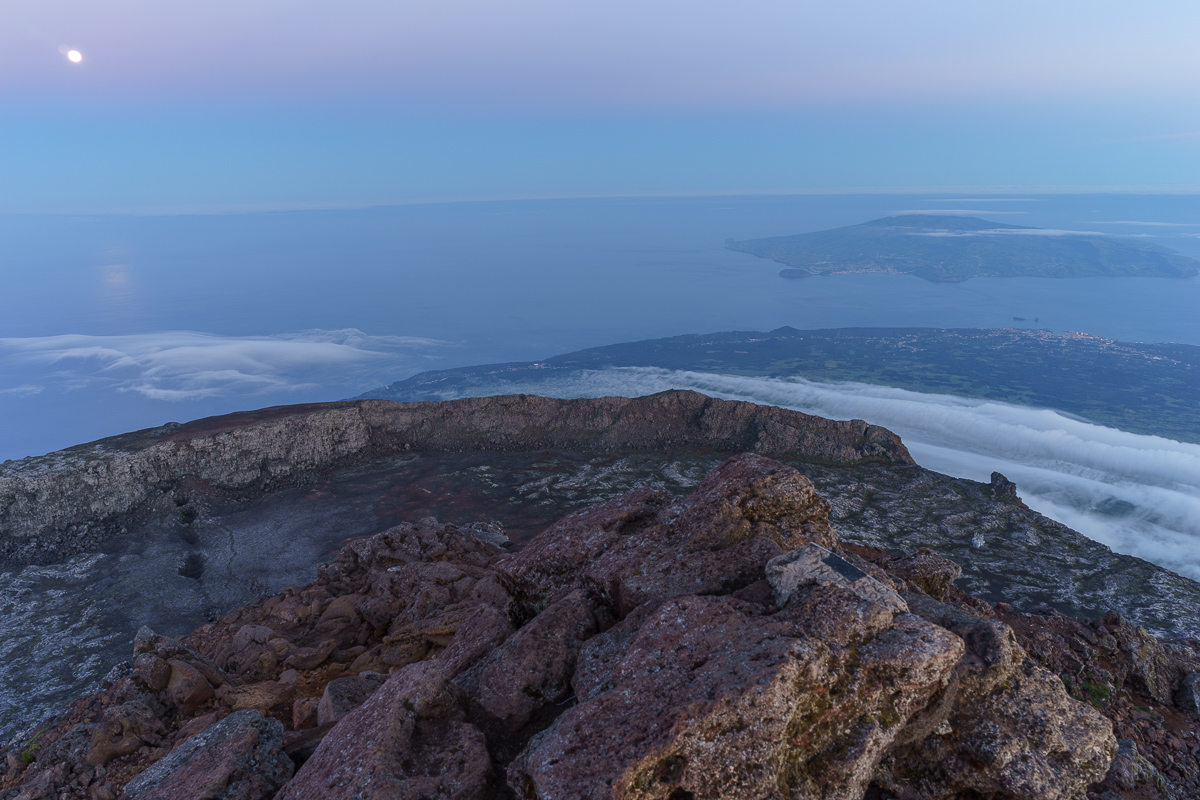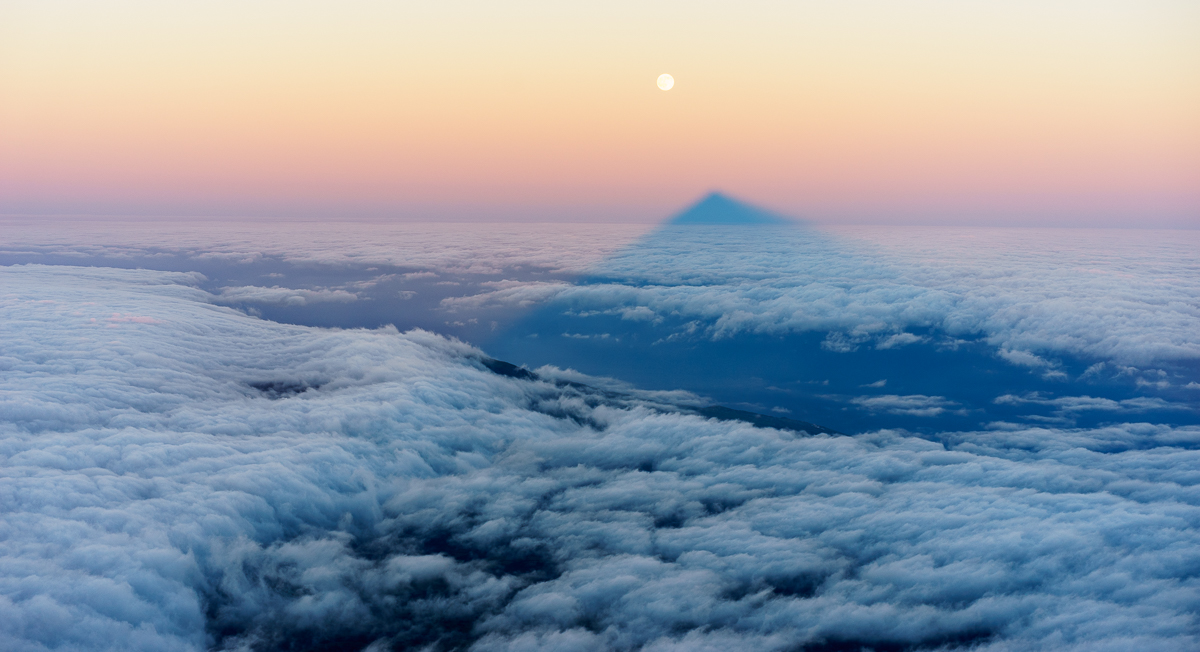Last month I visited the island of Sao Miguel (Azores) for the second time in about one year. I was in vacation with my family, but I wanted to take some quality time for photography. As always, this means going out when before sunrise, and staying after sunset. During the rest of the day, we visited the usual touristic spots, plus some other not-so-well-known locations.
With the introduction of low-cost airline transport to the island, it is becoming busier every year, but it is still possible to get away from the crowds; one should try to visit the most popular sites outside of the “tourist bus schedules”, and to enjoy the many signposted and beautiful hikes around the island.
When I visited last year, I came away with some good photos, and visited many of the popular places. This time around, I wanted to get something different, something that would convey the “soul” of the place. In the Azores, even during the summer, one gets “4 seasons in one day”, meaning that the weather changes quite quickly. This can lead to unexpected photo opportunities, especially in the mountainous volcanic lakes. From West to East, the major ones are Sete Cidades, Fogo, Furnas, and Nordeste (the latter is inactive, the others are not).
My favourites are the Fogo and Furnas lakes, for their sense of isolation (Fogo) and very active fumaroles (Furnas). The weather being unpredictable, one must combine good planning with some luck. I visited Fogo and Furnas twice, for example; in Fogo, the sunrise was amazing, while in Furnas the sunset was covered by dense fog. Both occasions ended up in great photos. I particularly like the Furnas lake covered in fog, which adds to the sense of mystery and timelessness.
In the Nordeste I was welcomed by tall precipitous cliffs dropping vertically into an endless sea, with menacing clouds rolling by. In Ferraria, the small lighthouse made a good counterpoint to the immense sea beyond. Sky, sea, weather, nature, all mix in the Azores, providing lasting emotions and memories.
For my memories of this trip, I chose to get rid of colour, as I wanted to enhance the raw beauty of the island, stripping it to the very basics of its framework. I converted the files to black and white, adding a light sepia toning and rough frames, for a consistent look to this body of work.
I hope you like it, and that you visit these wonderful islands.
